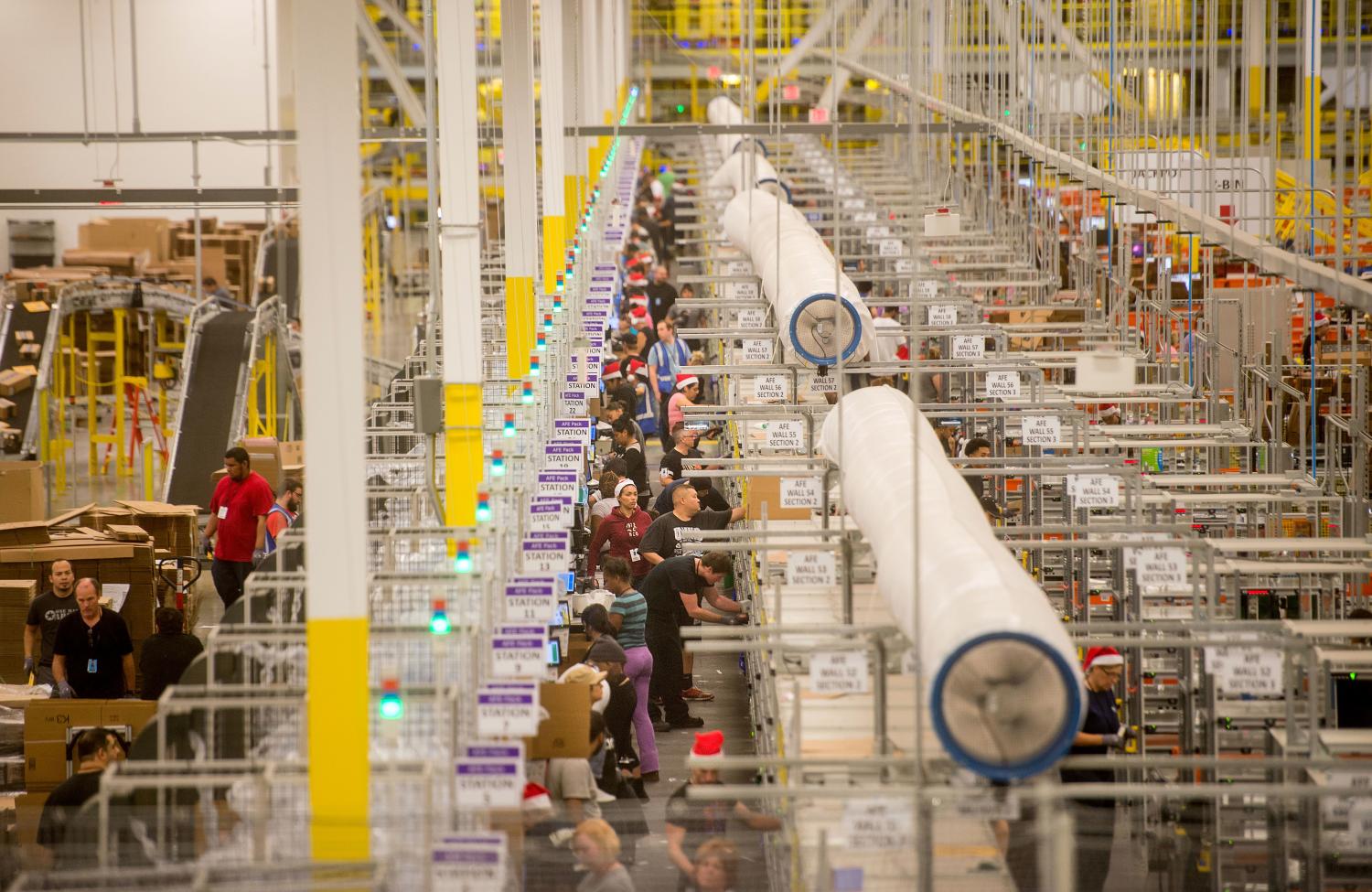This report was produced for the Peter G. Peterson Foundation’s US 2050 project. An initiative of the Peter G. Peterson Foundation and the Ford Foundation, US 2050 commissioned 31 papers covering a range of topics related to demographics, poverty, labor economics, macroeconomics, political science and sociology to develop a comprehensive view of the nation’s economic and fiscal future — and the implications for policymaking and the well-being of Americans.
Abstract
Current estimates suggest that over the coming decades, slower population growth and lower labor force participation will constrain the supply of labor in the U.S. The U.S. labor force will also become more diverse as immigration and fertility trends increase the size of minority populations. New forms of automation will likely require workers to adapt to keep their old jobs, while many will be displaced or face less demand for their work (while others benefit). Firms will continue to implement alternative staffing arrangements, like turning workers into independent contractors or outsourcing their human resource management to other firms; and many will adopt “low-road” employment practices to keep labor costs low. Exactly whom these changes will benefit or harm remains unclear, the author finds, though non-college workers will likely fare the worst; higher productivity from new technologies and reduced labor supply could raise average wages, but many workers will clearly be worse off. According to the author, policymakers should provide incentives for firms to train current employees, rather than replace them, and should encourage schools and colleges to teach flexible, transferable skills, as the future workforce will likely need to adapt quickly to new and changing job requirements. Lifelong learning accounts for workers could help. Expanding wage insurance and improving unemployment insurance and workforce services could help workers adapt after suffering job displacement. Policies that make work pay, like the EITC, and others designed to increase labor force attachment, like paid family leave, could help mitigate declines in the labor force. Reforms in immigration and retirement policy will help as well, as would policy experimentation at the state and local level (with federal support).
The Brookings Institution is committed to quality, independence, and impact.
We are supported by a diverse array of funders. In line with our values and policies, each Brookings publication represents the sole views of its author(s).




